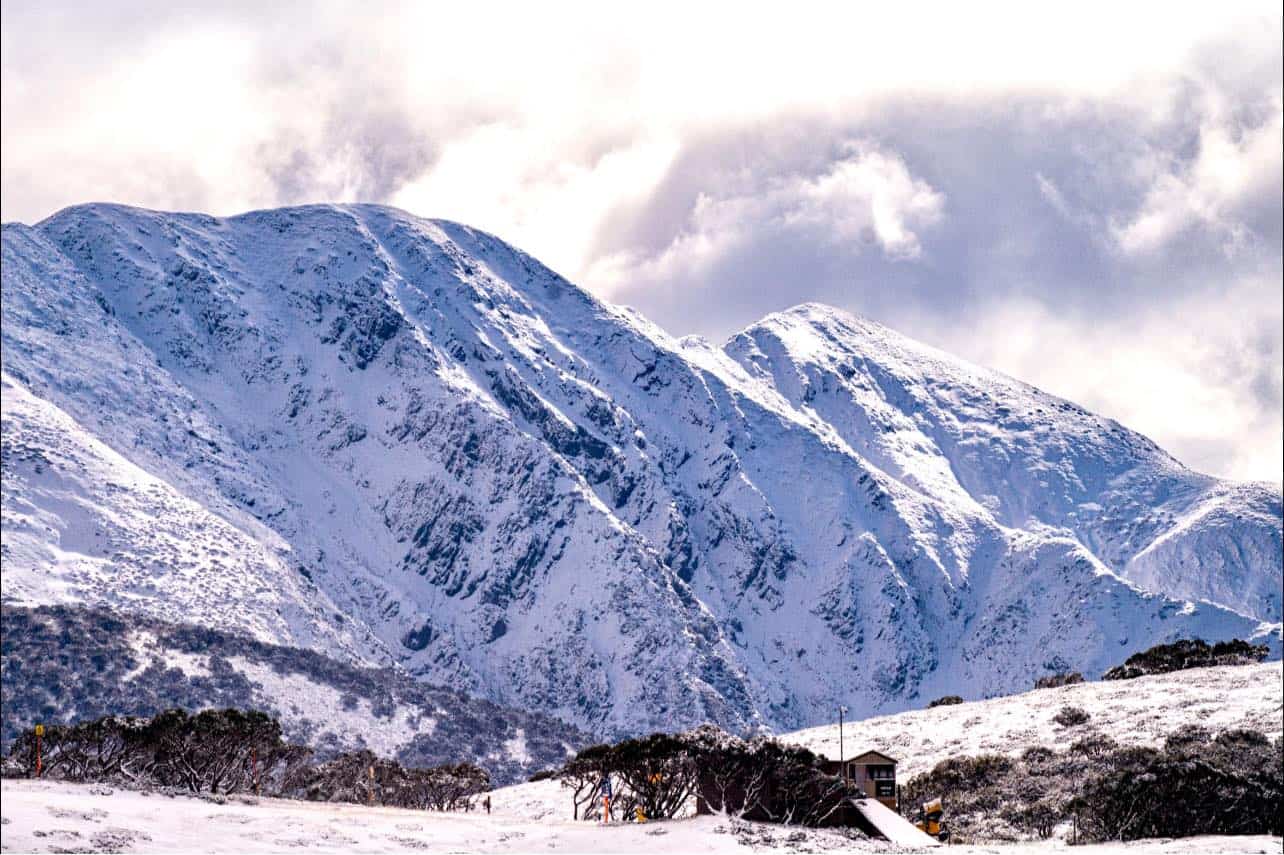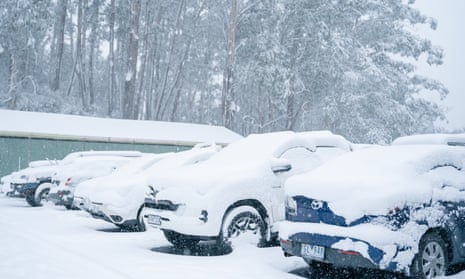Experience the Best Places to Experience Snow In Australia for a Unforgettable Winter Getaway
Experience the Best Places to Experience Snow In Australia for a Unforgettable Winter Getaway
Blog Article
The Numerous Sorts Of Snow in Australia and Their Impact on Winter Sports
Australia, understood for its sun-soaked beaches, is additionally home to a varied selection of snow conditions that substantially influence wintertime sports. The complying with exploration will certainly discuss the ramifications of these snow types on winter months sports performance.

Recognizing the Attributes of Various Snow Types
While several presume that snow is an uniform entity, it is necessary to understand that there are various kinds, each with distinct characteristics. These differences in snow type aren't simply visual; they considerably influence wintertime sporting activities, determining the ease of activity, the speed obtainable, and the degree of control called for from athletes.
The Effects of Powder Snow on Skiing and Snowboarding
In spite of its light and fluffy appearance, powder snow in the Australian Alps provides both one-of-a-kind obstacles and opportunities for winter months sporting activities fanatics, particularly those taken part in snowboarding and snowboarding. The loose, completely dry nature of powder snow can at first be tough to browse for newbies, needing cautious equilibrium and control. Nonetheless, for more skilled experts, the soft, untracked snow supplies an exhilarating experience, permitting for active and vibrant activity. The smooth and flexible surface area of powder snow likewise reduces danger of injury throughout falls, making it a preferred option for severe winter months sporting activities. It's worth keeping in mind, the differing deepness and unpredictable nature of powder can sometimes lead to hidden obstacles, calling for continuous caution.

The Difficulties and Benefits of Packed Snow in Winter Sports
Moving focus from the loosened, dry powder snow, one more prevalent kind of snow in the Australian Alps is packed snow, posturing its very own set of obstacles and advantages in the realm of winter sports. Browsing turns and controlling speed can be tough on stuffed snow, requiring higher skill levels from professional athletes. Despite these obstacles, loaded snow remains an essential element in many winter season sporting activities, forming the efficiency and methods of athletes.
The Role of Wet Snow in Australian Wintertimes Games
In comparison to the dense, slick surface area of packed snow, wet snow plays a totally various function in Australian winter games. Characterised by its high wetness content, damp snow impacts the speed and control of winter sports individuals. Its heavy, sticky nature can be challenging for athletes, specifically in snowboarding and snowboarding where rate and manoeuvrability are crucial. Its malleability makes it ideal for snow sculpting occasions and for fortifying snow frameworks in sports like snow ft battles. Despite its risks, wet snow presents a distinct dynamic to wintertime video games in Australia, testing athletes' flexibility and resilience, and offering as a reminder of the diverse climate condition they need to be prepared to face.

Exactly How Slushy Snow Impacts Winter Months Sports Performance
Continuing the exploration of varying snow conditions in Australia, the influence of slushy snow on wintertime sports is an additional fascinating factor. Slushy snow, arising from warmer temperatures or direct sunlight, positions one-of-a-kind obstacles to athletes. It reduces rate and calls for raised exertion as the devices penetrates the soft, water-saturated snow. In winter sports and snowboarding, slushy conditions can impact the predictability of jumps and turns, increasing the risk of mishaps. For snowmobiling, the equipment's performance may be impeded as it has a hard time to maintain grip. Thus, slushy snow transforms the wintertime sporting activities landscape, demanding not only enhanced physical exertion from professional athletes however also a better emphasis on safety precautions.
Adapting Wintertime Sports Techniques to Different Snow Conditions

Final Thought
In verdict, Australia's diverse snow types significantly impact winter months sports efficiency. Each kind, from the slick seaside snow to the drier interior powder and the hefty, sticky wet snow, presents unique obstacles and benefits. Thus, professional athletes have to adjust their techniques to navigate site web these varying conditions efficiently. The snow's formative duty emphasizes the importance of comprehending its features to maximize efficiency and safety and security in Australia's winter months sporting activities landscape.
Changing focus from the loose, dry powder snow, another prevalent type of snow in the Australian Alps is jam-packed snow, posing its own collection of difficulties and advantages in the world of winter months sporting activities - Snow In Australia.In contrast to the thick, slick surface area of stuffed snow, wet snow plays an entirely different function in Australian winter season games. article source Its pliability makes it excellent for snow sculpting events and for strengthening snow structures in sports like snow ft battles.Proceeding the expedition of varying snow problems in Australia, the impact of slushy snow on winter sporting activities is one more appealing factor. Each kind, from the slick coastal snow to the drier indoor powder and the heavy, sticky wet snow, presents special challenges and benefits
Report this page